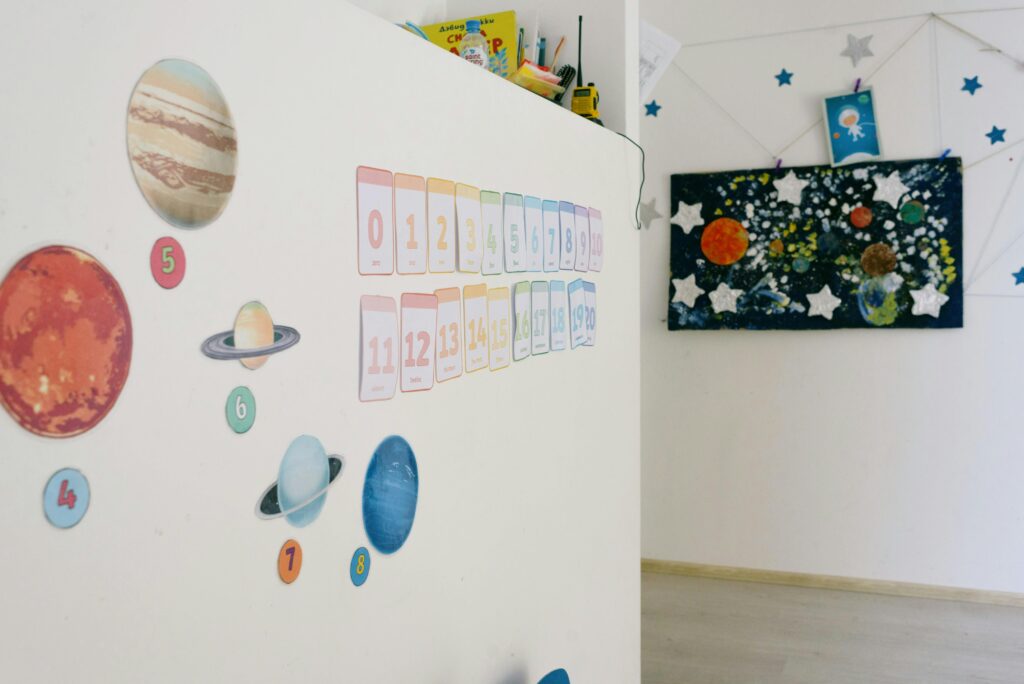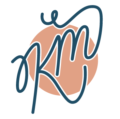Introduction
Learner agency is a cornerstone of effective education, empowering learners to take ownership of their academic journey. As Vander Ark (2015) states, “Agency is the capacity and propensity to take purposeful initiative—the opposite of helplessness.” When students develop agency, they actively engage in their learning, set meaningful goals, and reflect on their progress.
This blog will explore practical classroom strategies for engaging students in learning and building learner agency through self-assessment tools, peer feedback models, and differentiated feedback techniques.
Building Learner Agency
Engaging Students in Learning with “I Can” Statements
For students to take charge of their learning, they need a clear understanding of learning objectives and their relevance. Converting standards into student-friendly “I Can” statements helps learners track their progress. These can be categorized into:
- Surface learning (e.g., “I can recall key facts about the Civil War”).
- Deep learning (e.g., “I can compare the causes of different historical conflicts”).
- Transfer learning (e.g., “I can analyze how historical events influence modern society”).

Classroom Tip 1:
Reflect on “I Can” Statements!
Post “I Can” statements on anchor charts or digital learning platforms, allowing students to track their mastery. Encourage them to reflect on these statements in learning journals.
Strategies to Promote Self-Directed Learning
1. Student Self-Assessment and Reflection
Enhancing student engagement can take place by encouraging students to evaluate their own work builds metacognitive skills and responsibility. Teachers can model this process through think-alouds, demonstrating questions such as:
- Did I follow the instructions?
- Is my work clear and well-organized?
- Have I put forth my best effort?
Implementation Idea: Use single-point rubrics (Brookhart, 2018) to provide clear success criteria while allowing room for self-reflection. Students can annotate their work, identifying areas where they excel and aspects they need to improve.
2. Enhancing Student Engagment Through Peer Feedback
Peer feedback enhances learning by promoting collaboration and critical thinking. However, students need guidance to provide meaningful feedback.
- Use structured frameworks like TAG (Tell something you like, Ask a question, Give a suggestion) or the Ladder of Feedback (Clarify, Value, Suggest, Reflect) to facilitate constructive discussions.
- Provide sentence starters (e.g., “One thing I liked about your work is…” or “A question I have is…”) to support students in articulating their feedback.

Classroom Tip 2:
Do the Gallery Walk!
Create a gallery walk where students showcase their work and use sticky notes to provide feedback based on the TAG model.
3. Differentiated Feedback for Learner Agency
High-quality feedback should be actionable, timely, and student-centered. Teachers can differentiate feedback by:
- Using oral, written, and recorded feedback to accommodate diverse learners.
- Ensuring feedback is goal-referenced and encourages next steps (Wiliam, 2011).
- Implementing conferencing sessions where students discuss feedback and co-create improvement plans.
Implementation Idea: Try using digital tools like Flip (formerly Flipgrid) or audio comments in Google Docs to offer personalized feedback that students can revisit.
The Role of Formative and Summative Assessment
While summative assessments measure final mastery, formative assessment is key to continuous improvement and student agency. Examples include:
- Self-reflective journaling where students document their learning journey.
- Teacher-student dialogue to assess understanding in real time.
- Exit tickets prompting students to summarize key takeaways or questions.

Classroom Tip 3:
Have a learner conference!
Incorporate student-led conferences where learners present their progress using portfolios. These conferences help students articulate their growth, set new goals, and take ownership of their learning.
Enhancing Student Engagement Through Self-Regulation
For students to become self-directed learners, they need to build essential cognitive, emotional, and social skills. Costa and Kallick (2008) identify key habits that support self-regulation:
- Academic capacity: Perseverance, questioning, metacognition, flexible thinking.
- Emotional capacity: Self-awareness, empathy, patience, humility.
- Social capacity: Active listening, interdependent thinking, clear communication.
Implementation Idea: Introduce a growth mindset wall in the classroom, where students post examples of when they demonstrated perseverance or flexible thinking.
Conclusion
Engaging students in learning and enhancing student engagment require intentional strategies that emphasize self-assessment, feedback, and goal-setting. By integrating tools like “I Can” statements, peer feedback frameworks, and student-led conferences, educators can create a classroom culture where students take ownership of their learning.
When students develop agency, they become resilient, engaged, and prepared for lifelong learning—essential skills for success in the modern world.
KM Educational Consulting
K-12 Consulting, Coaching and Professional Development
References
Black, P., & Wiliam, D. (1998). Assessment and classroom learning. Assessment in Education: Principles, Policy & Practice, 5(1), 7-74.
Brookhart, S. M. (2018). How to use grading to improve learning. ASCD.
Costa, A. L., & Kallick, B. (2008). Learning and leading with habits of mind: 16 essential characteristics for success. ASCD.
Hattie, J. (2012). Visible learning for teachers: Maximizing impact on learning. Routledge.
Sackstein, S. (2024). Student-led assessment: Promoting agency and achievement through portfolios and conferences. ASCD.
Sackstein, S. (2016) Shifting the Grading Mindset Starts with Our Words. Retrieved January 28, 2025 from https://www.edweek.org/leadership/opinion-shifting-the-grading-mindset-starts-with-our-words/2016/02
Vander Ark, T. (2015, December 22). 10 tips for developing student agency. Getting Smart. Retrieved May 31, 2024, from https://www.gettingsmart.com/2015/12/22/201512tips-for-developing-student-agency/
Wiggins, G. (2012). Seven keys to effective feedback. Educational Leadership, 70(1), 10-16.
Wiliam, D. (2011). Embedded formative assessment. Solution Tree Press.

